-
 Bitcoin
Bitcoin $116500
1.98% -
 Ethereum
Ethereum $3851
6.94% -
 XRP
XRP $3.070
3.95% -
 Tether USDt
Tether USDt $1.000
0.04% -
 BNB
BNB $774.7
1.77% -
 Solana
Solana $171.9
4.66% -
 USDC
USDC $1.000
0.01% -
 Dogecoin
Dogecoin $0.2142
6.71% -
 TRON
TRON $0.3387
1.28% -
 Cardano
Cardano $0.7678
5.61% -
 Sui
Sui $3.747
9.68% -
 Hyperliquid
Hyperliquid $39.16
3.69% -
 Stellar
Stellar $0.4157
6.28% -
 Chainlink
Chainlink $17.93
9.21% -
 Bitcoin Cash
Bitcoin Cash $578.1
3.28% -
 Hedera
Hedera $0.2531
5.60% -
 Ethena USDe
Ethena USDe $1.001
-0.02% -
 Avalanche
Avalanche $22.75
3.82% -
 Litecoin
Litecoin $120.1
3.76% -
 UNUS SED LEO
UNUS SED LEO $8.953
-0.37% -
 Toncoin
Toncoin $3.323
4.76% -
 Shiba Inu
Shiba Inu $0.00001266
4.22% -
 Uniswap
Uniswap $10.13
7.08% -
 Polkadot
Polkadot $3.786
5.09% -
 Dai
Dai $1.000
-0.02% -
 Monero
Monero $273.0
-5.03% -
 Bitget Token
Bitget Token $4.391
1.62% -
 Cronos
Cronos $0.1480
5.45% -
 Pepe
Pepe $0.00001091
5.80% -
 Ethena
Ethena $0.6314
11.93%
Binance currency trading details: trading pair selection and buying and selling skills
Master trading on Binance with tips on selecting pairs, using market/limit orders, and advanced strategies like stop-limits and technical analysis.
May 28, 2025 at 02:49 am
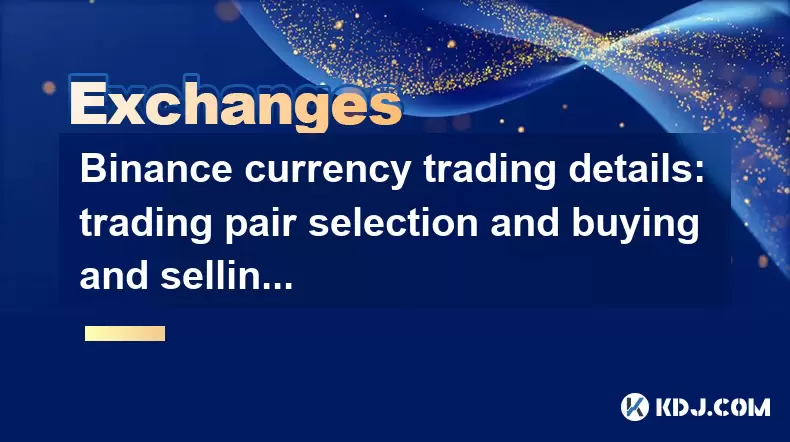
Binance currency trading details: trading pair selection and buying and selling skills
Trading cryptocurrencies on Binance can be both exciting and profitable, provided you have the right knowledge and skills. In this article, we will delve into the intricacies of trading pair selection and buying and selling skills on Binance, helping you navigate the platform with confidence.
Understanding Trading Pairs on Binance
Trading pairs are essential in the cryptocurrency world as they determine which cryptocurrencies you can exchange with one another. On Binance, you can find a wide variety of trading pairs, ranging from popular ones like BTC/USDT to more obscure pairs like ADA/BNB. When selecting a trading pair, consider the following factors:
- Liquidity: Higher liquidity means you can buy and sell larger amounts without significantly impacting the market price. Popular pairs like BTC/USDT usually have high liquidity.
- Volatility: Some pairs are more volatile than others. If you are a risk-averse trader, you might prefer less volatile pairs.
- Trading Fees: Different pairs might have different fee structures. Always check the fee schedule on Binance to optimize your trading costs.
- Market Trends: Keep an eye on market trends and news that could affect the price of the cryptocurrencies in your trading pair.
How to Select a Trading Pair on Binance
Selecting the right trading pair is crucial for successful trading. Here's how you can do it on Binance:
- Log into your Binance account and navigate to the 'Trade' section.
- On the trading page, you will see a list of available trading pairs. You can use the search function to find specific pairs.
- Click on the trading pair you are interested in to open its trading chart and order book.
- Analyze the chart and order book to assess the pair's liquidity and current market conditions.
- Based on your analysis, decide if the pair is suitable for your trading strategy.
Buying and Selling on Binance: Basic Skills
Once you have selected a trading pair, the next step is to master the skills of buying and selling. Here's a detailed guide on how to do it:
Buying Cryptocurrencies on Binance
- Navigate to the trading page for your selected trading pair.
- In the 'Buy' section, you can choose between 'Market' and 'Limit' orders.
- Market Order: This allows you to buy the cryptocurrency at the current market price. Simply enter the amount you want to buy and click 'Buy'.
- Limit Order: This lets you set a specific price at which you want to buy. Enter the price and the amount, then click 'Buy'. The order will be executed when the market reaches your specified price.
- After placing your order, you can monitor it in the 'Open Orders' section until it is filled.
Selling Cryptocurrencies on Binance
- Go to the trading page for your chosen trading pair.
- In the 'Sell' section, you can also choose between 'Market' and 'Limit' orders.
- Market Order: Enter the amount of cryptocurrency you want to sell and click 'Sell'. The sale will be executed at the current market price.
- Limit Order: Set the price at which you want to sell your cryptocurrency. Enter the price and amount, then click 'Sell'. The order will be executed when the market reaches your specified price.
- You can track your sell order in the 'Open Orders' section until it is completed.
Advanced Buying and Selling Skills on Binance
To maximize your trading success, you need to go beyond the basics. Here are some advanced skills to consider:
Using Stop-Limit Orders
Stop-Limit orders can help you manage risk by setting a stop price and a limit price. Here’s how to use them:
- Navigate to the trading page for your trading pair.
- In the 'Buy' or 'Sell' section, select 'Stop-Limit'.
- Enter the 'Stop Price' and the 'Limit Price'. The stop price is the trigger to initiate the order, while the limit price is the price at which the order will be executed.
- Set the amount you want to buy or sell and click 'Buy' or 'Sell'.
- Monitor the order in the 'Open Orders' section.
Utilizing Technical Analysis
Technical analysis involves studying price charts to predict future movements. Here’s how you can use it on Binance:
- Access the trading chart for your selected trading pair.
- Use indicators like Moving Averages, RSI, and MACD to analyze trends and momentum.
- Based on your analysis, decide on the best times to buy or sell.
- Combine technical analysis with other strategies to enhance your trading decisions.
Implementing Dollar-Cost Averaging
Dollar-Cost Averaging (DCA) is a strategy where you invest a fixed amount of money at regular intervals, regardless of the market price. Here’s how to implement it on Binance:
- Decide on the amount you want to invest and the frequency of your investments.
- Set up recurring buys through Binance's savings or staking features if available.
- Alternatively, manually buy the cryptocurrency at your chosen intervals.
- Over time, this strategy can help reduce the impact of volatility on your investment.
Managing Your Portfolio on Binance
Effective portfolio management is key to long-term success in cryptocurrency trading. Here’s how to manage your portfolio on Binance:
- Monitor Your Holdings: Regularly check your portfolio on the 'Wallet' section of Binance to track your investments.
- Reallocate Assets: Based on market conditions and your trading strategy, you may need to buy or sell assets to rebalance your portfolio.
- Use Stop-Loss Orders: Set stop-loss orders to automatically sell a cryptocurrency if its price drops to a certain level, helping to limit potential losses.
- Diversify: Spread your investments across different cryptocurrencies to reduce risk.
Frequently Asked Questions
Q: Can I trade futures on Binance?
A: Yes, Binance offers a futures trading platform where you can trade contracts with leverage. To access futures trading, you need to navigate to the 'Futures' section on the Binance platform and follow the instructions to set up a futures account.
Q: How do I deposit and withdraw funds on Binance?
A: To deposit funds, go to the 'Deposit' section, select your cryptocurrency, and follow the instructions to send funds to your Binance wallet. To withdraw, navigate to the 'Withdraw' section, choose the cryptocurrency, enter the amount and destination address, and confirm the transaction.
Q: What are the trading fees on Binance?
A: Binance charges different fees based on the trading pair and the user's trading volume. Generally, maker fees are lower than taker fees. You can check the detailed fee schedule on the Binance website under the 'Fee' section.
Q: How can I improve my trading skills on Binance?
A: To improve your trading skills, consider the following:
- Educate Yourself: Read books, take courses, and follow reputable sources to learn more about cryptocurrency trading.
- Practice with a Demo Account: Some platforms offer demo accounts where you can practice trading without risking real money.
- Join Trading Communities: Engage with other traders to share insights and learn from their experiences.
- Keep a Trading Journal: Document your trades and analyze your performance to identify areas for improvement.
Disclaimer:info@kdj.com
The information provided is not trading advice. kdj.com does not assume any responsibility for any investments made based on the information provided in this article. Cryptocurrencies are highly volatile and it is highly recommended that you invest with caution after thorough research!
If you believe that the content used on this website infringes your copyright, please contact us immediately (info@kdj.com) and we will delete it promptly.
- Dogecoin, Crypto, and the 25x Gains Dream: What's Next?
- 2025-08-07 20:50:12
- Dogecoin: A Second Chance for the OG Meme Coin?
- 2025-08-07 20:50:12
- BlockchainFX: Your Choice for Long-Term Crypto Gains?
- 2025-08-07 21:10:12
- Pepe Dollar's Presale Mania: Memecoin Staking and the Crypto Revolution
- 2025-08-07 21:10:12
- Aave Users Targeted in Sophisticated Phishing Scam: A DeFi Reality Check
- 2025-08-07 21:15:56
- Ollama Turbo & GPT-OSS: Revolutionizing AI Model Accessibility and Speed
- 2025-08-07 20:29:33
Related knowledge

How to deposit USD on Bitstamp
Aug 07,2025 at 05:18pm
Understanding Bitstamp and USD DepositsBitstamp is one of the longest-standing cryptocurrency exchanges in the industry, offering users the ability to...
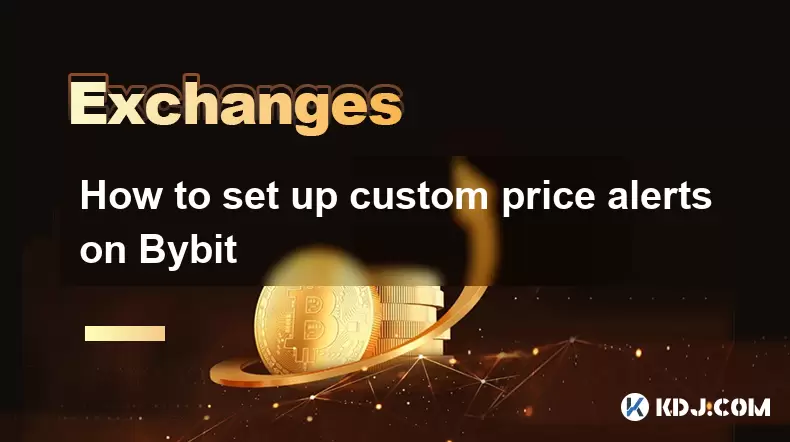
How to set up custom price alerts on Bybit
Aug 07,2025 at 04:31pm
Understanding Price Alerts on BybitPrice alerts on Bybit are essential tools for traders who want to stay informed about significant price movements i...
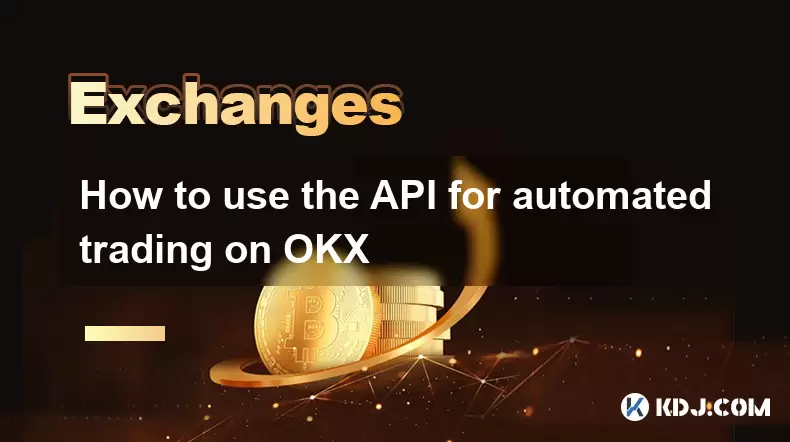
How to use the API for automated trading on OKX
Aug 07,2025 at 05:21pm
Understanding the OKX API for Automated TradingThe OKX API provides a powerful interface for users to automate their trading strategies, access real-t...

How to claim airdropped tokens on Gate.io
Aug 07,2025 at 04:01pm
Understanding Airdropped Tokens on Gate.ioAirdropped tokens are digital assets distributed for free by blockchain projects to promote awareness, incen...
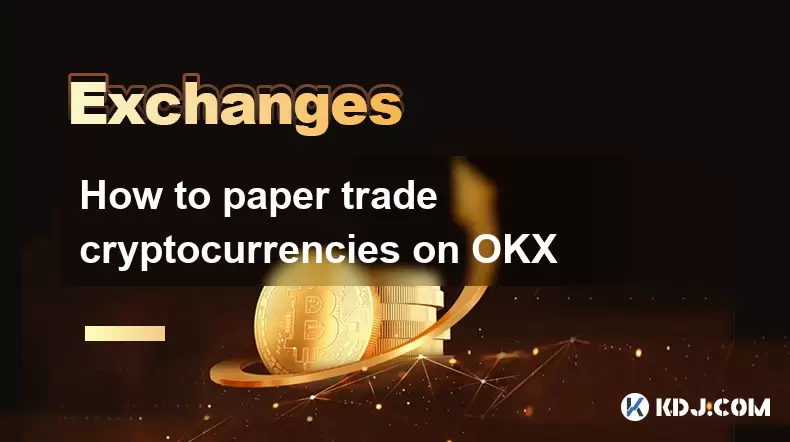
How to paper trade cryptocurrencies on OKX
Aug 07,2025 at 06:01pm
Understanding Paper Trading in the Cryptocurrency ContextPaper trading, also known as simulated or virtual trading, allows users to practice buying an...
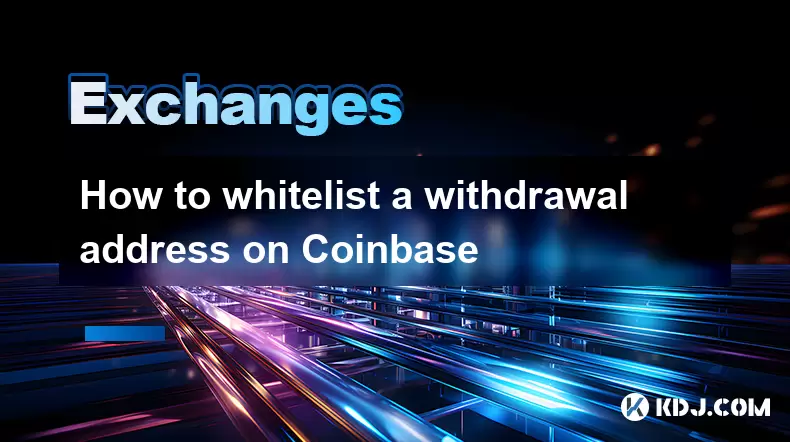
How to whitelist a withdrawal address on Coinbase
Aug 07,2025 at 07:28pm
Understanding Withdrawal Address Whitelisting on CoinbaseWhitelisting a withdrawal address on Coinbase enhances the security of your cryptocurrency ho...

How to deposit USD on Bitstamp
Aug 07,2025 at 05:18pm
Understanding Bitstamp and USD DepositsBitstamp is one of the longest-standing cryptocurrency exchanges in the industry, offering users the ability to...

How to set up custom price alerts on Bybit
Aug 07,2025 at 04:31pm
Understanding Price Alerts on BybitPrice alerts on Bybit are essential tools for traders who want to stay informed about significant price movements i...

How to use the API for automated trading on OKX
Aug 07,2025 at 05:21pm
Understanding the OKX API for Automated TradingThe OKX API provides a powerful interface for users to automate their trading strategies, access real-t...

How to claim airdropped tokens on Gate.io
Aug 07,2025 at 04:01pm
Understanding Airdropped Tokens on Gate.ioAirdropped tokens are digital assets distributed for free by blockchain projects to promote awareness, incen...

How to paper trade cryptocurrencies on OKX
Aug 07,2025 at 06:01pm
Understanding Paper Trading in the Cryptocurrency ContextPaper trading, also known as simulated or virtual trading, allows users to practice buying an...

How to whitelist a withdrawal address on Coinbase
Aug 07,2025 at 07:28pm
Understanding Withdrawal Address Whitelisting on CoinbaseWhitelisting a withdrawal address on Coinbase enhances the security of your cryptocurrency ho...
See all articles

























































































